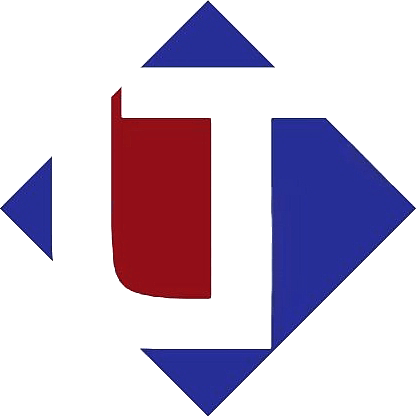A busbar machine is used for the manufacture and processing of busbars, which are metal bars used for electrical power distribution. The functions of a busbar machine include:
Cutting: Cutting busbars to length to meet specific requirements.
Bending: Bending busbars into specific shapes and angles.
Punching: Punching holes in busbars for connectors and fasteners.
Stamping: Stamping identification marks, serial numbers, and other information onto the busbars.
Shaping: Shaping the cross-section of the busbars to meet specific requirements.
Welding: Welding busbars to other metal components.
Testing: Testing the electrical properties of the busbars, such as resistance, continuity, and insulation.
The specific functions of a busbar machine can vary based on the type and model of the machine.
Here’s more information on busbar machines:
Busbar machines can come in various sizes and capacities, ranging from small bench-top machines for hobbyists to large, industrial-scale machines for high-volume production. Some of the larger machines can process busbars up to several meters in length and can handle heavy cross-sections up to several hundred millimeters wide.
Busbar machines can also be fully automated or semi-automated, with different levels of operator intervention. Some machines may have computer numerical control (CNC) systems that allow for precise, repeatable processing, while others may require manual adjustments and setup.
The choice of a busbar machine depends on the specific needs and requirements of the user, such as the size and shape of the busbars to be processed, the volume of production, and the level of automation desired.
Overall, busbar machines play a crucial role in the production and processing of busbars, allowing for efficient, precise, and repeatable manufacturing processes that are essential for the reliable and safe distribution of electrical power.
Busbar machines can be customized to meet the specific needs and requirements of the user. For example, a machine may be designed to handle a specific type of busbar material or to process busbars in a specific way. Customization may also include adding additional tooling or modifying existing tooling to accommodate unique shapes or cross-sections.
Maintenance: Regular maintenance is important to keep a busbar machine running smoothly and to extend its lifespan. This may include cleaning and lubrication, replacing worn or damaged parts, and calibrating the machine to ensure accurate processing.
Cost: The cost of a busbar machine can vary widely, depending on the type, size, and features of the machine. Smaller, bench-top machines may cost several thousand dollars, while larger, industrial-scale machines can cost several hundred thousand dollars or more.
In conclusion, busbar machines are an essential tool for the production and processing of busbars, and the choice of a machine depends on a variety of factors including production volume, processing requirements, and budget.
Here’s some additional information on busbar machines:
Busbar materials: Busbar machines can process a variety of materials, including aluminum, copper, and stainless steel. Each material has its own unique properties, such as conductivity, resistance, and strength, which affect the processing and performance of the busbars.
Tooling: Busbar machines may use various types of tooling, such as punches, dies, and bending tools, to achieve the desired shapes and cross-sections. The tooling can be customized or changed to accommodate different busbar materials or processing requirements.
Accuracy: Accurate processing is critical for the performance and safety of the busbars. Busbar machines may be designed with precision components, such as linear guides and ball screws, to ensure accurate processing and consistent results.
Efficiency: Busbar machines can be designed for maximum efficiency, reducing processing time and increasing production volume. For example, some machines may be equipped with multiple workstations or automatic tool changers to reduce the time required for tool changes and setup.
Automation: Automated busbar machines can greatly increase production efficiency and reduce the need for manual labor. For example, some machines may use computer numerical control (CNC) systems to automatically adjust processing parameters, reducing the need for manual adjustments.
Overall, busbar machines are an essential tool in the electrical power distribution industry, allowing for efficient, accurate, and repeatable processing of busbars.
。
